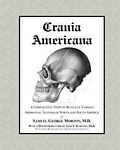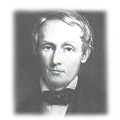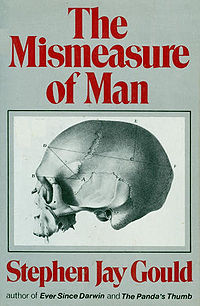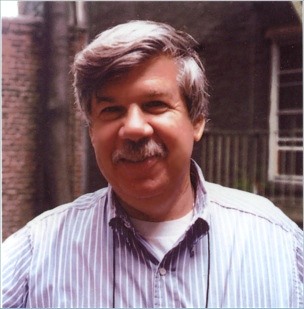Samuel George Morton (1799 – 1851) was an American physician and scientist, perhaps best known for his Crania Americana, in which he described the results of the measurements, with a focus on cranial capacity, he performed on his ‘American Golgotha’, a collection of almost one thousand human skulls.


Figure 1: The Crania Americana, flanked by its writer, Samuel George Morton (Sources: http://www.gustavslibrary.com and http://www.facinghistorycampus.org)
Stephen Jay Gould (1941 – 2002) was an American paleontologist, evolutionary biologist and science historian. Known (together with Niles Eldredge) for his theory of punctuated equilibrium, he was also a proponent of the idea that scientists (un)consciously manipulate their data, due to cultural influences, an idea that has gained popularity in the social sciences.
In fact, he used Morton’s work to prove his point, culminating in the book The Mismeasure of Man, making Morton’s work a primary example of scientists skewing data in favor of preconceived notions.


Figure 2: The Mismeasure of Man, flanked by its writer, Stephen Jay Gould.
(Sources: http://www.absoluteastronomy.com and http://www.stephenjaygould.org)
But did Morton’s a priori racist notions (sadly fairly common in the 19th century) really influence his results? A recent study (Lewis et al., 2011) set out to answer this question by reexamining some of the original skulls. Morton started out by measuring the cranial capacity of the skulls by filling them with seeds. Later, he switched to lead-shot based measurements. This change in measurement method, according to Gould, led to different rates of increase for different populations.
Findings by Lewis et al. (2011), however, suggest that this change in method caused both increases and decreases, which do not appear to be patterned by group. In his further reanalysis, Gould used some seemingly arbitrary restrictions, such as omitting skulls from populations with fewer than 4 samples, or grouping seed and lead-shot based measurements in some groups (which Morton did not do). Morton’s measurements also showed some mistakes, but these contradicted his a priori notions rather than strengthened them.
After their analysis the researchers respectfully note that “…were Gould still alive, we expect he would have mounted a defense of his analysis of Morton. We are saddened that his passing precludes such an exchange. While we differ with Gould in regards to his analysis of Morton, we find other things to admire in Gould's body of work, particularly his staunch opposition to racism. We trust that Gould, having reevaluated the work of Morton long after Morton's passing, would find our reevaluation of ‘Gould on Morton’ an appropriate exercise, even if he would likely have differed with our conclusions.”
The overall conclusion of this study can be best summarized by quoting the article once more. “That Morton's data are reliable despite his clear bias weakens the argument of Gould and others that biased results are endemic in science. Gould was certainly correct to note that scientists are human beings and, as such, are inevitably biased, a point frequently made in “science studies.” But the power of the scientific approach is that a properly designed and executed methodology can largely shield the outcome from the influence of the investigator's bias. Science does not rely on investigators being unbiased “automatons.” Instead, it relies on methods that limit the ability of the investigator's admittedly inevitable biases to skew the results. Morton's methods were sound, and our analysis shows that they prevented Morton's biases from significantly impacting his results.The Morton case, rather than illustrating the ubiquity of bias, instead shows the ability of science to escape the bounds and blinders of cultural contexts.”
References
Lewis, J.E.; DeGusta, D.; Meyer, M.R.; Monge, J.M.; Mann, A.E. and Holloway, R.L. (2011). The Mismeasure of Science: Stephen Jay Gould versus Samuel George Norton on Skulls and Bias. PLoS Biology. 9(6): e1001071. doi:10.1371/journal.pbio.1001071. (Click here for the complete article).




Comments